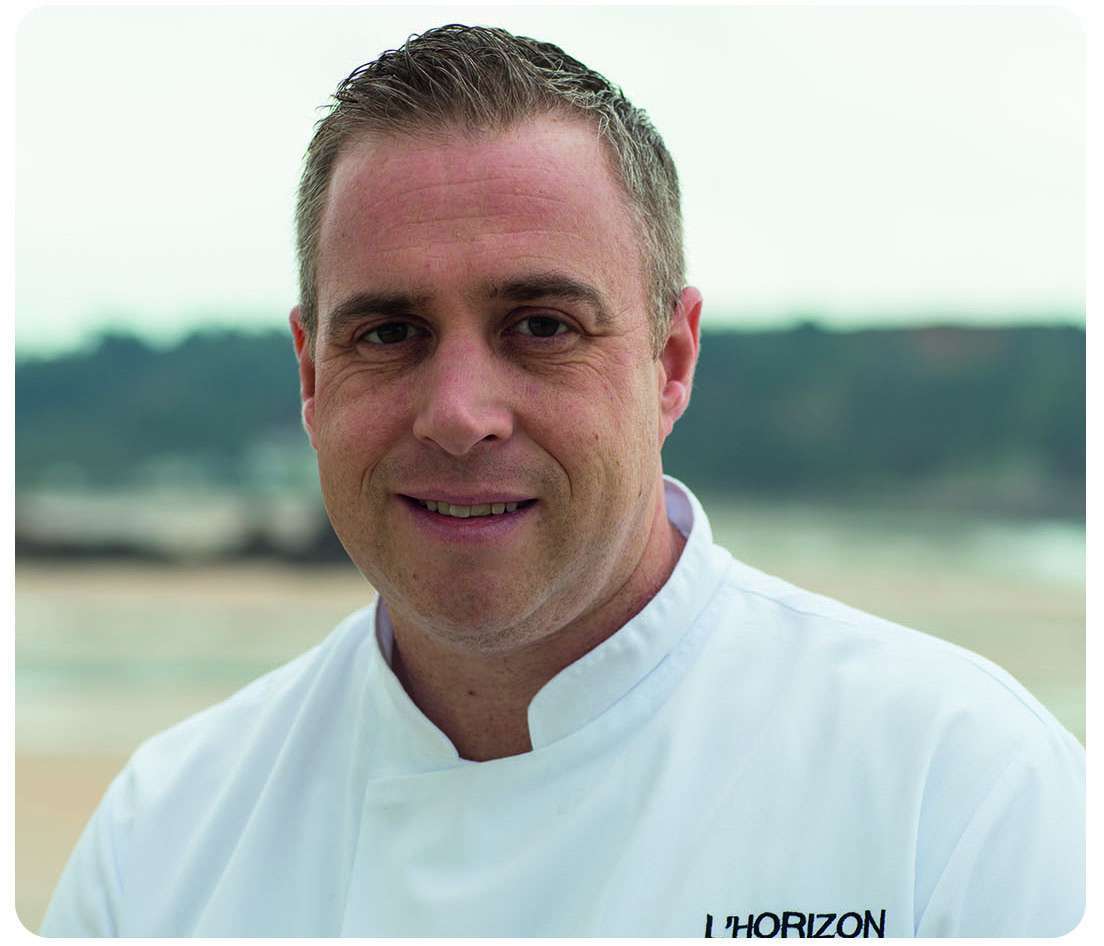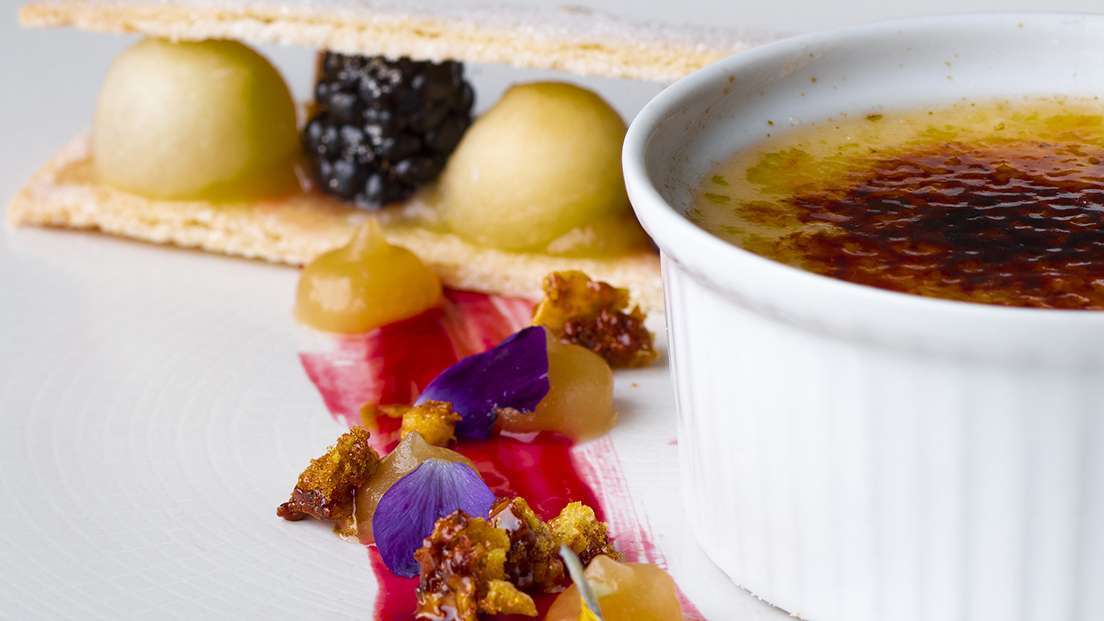by Andrew Soddy, Executive Head Chef at L'Horizon Beach Hotel & Spa

I am Andrew Soddy, Executive Head Chef at L'Horizon Beach Hotel & Spa.
June is National Dairy Month and Jersey cows are one of the most recognised cattle in the world with their first official records dating back to 1700. Their milk is considered a luxury product in many countries and some products are even exported to the UK, Ireland, Europe, China, Hong Kong, India and Japan.
The protein and calcium content is 20% higher than average milk and it contains a higher concentration if minerals and vitamins. A Jersey cow produces 5,000kg of milk per year which adds up to 200,000 glasses of milk in one cow’s lifetime.
To celebrate our wonderful breed of cows I visited my local dairy “Classic Herd” who supply us with the best yogurt, ice cream, milk and cream. The Jersey girls are such a gentle breed and visiting the farm you can see why they produce such luxury items.
As it’s National Dairy Month I have decided to share with you a classic crème brûlée recipe for you to perfect…
Crème Brûlée
Ingredients
Serves 4
- 1 large carton double cream (284ml)
- 1 small carton double cream (142ml)
- 100ml full fat milk
- 1 vanilla pod
- 5 large egg yolks
- 50g golden caster sugar, plus extra for the topping
Method
- Preheat the oven to fan 160C. Sit four 175ml ramekins in a deep roasting tin at least 7.5cm deep (or a large deep cake tin), one that will enable a baking tray to sit well above the ramekins when laid across the top of the tin.
- Pour the two cartons of cream into a medium pan with the milk. Lay the vanilla pod on a board and slice lengthways through the middle with a sharp knife to split it in two. Use the tip of the knife to scrape out all the tiny seeds into the cream mixture. Drop the vanilla pod in as well, and set aside.
- Put the egg yolks and sugar in a mixing bowl and whisk for 1 minute with an electric hand whisk until paler in colour and a bit fluffy. Put the pan with the cream on a medium heat and bring almost to the boil. As soon as you see bubbles appear round the edge, take the pan off the heat.
- Pour the hot cream into the beaten egg yolks, stirring with a wire whisk as you do so, and scraping out the seeds from the pan. Set a fine sieve over a large wide jug or bowl and pour the hot mixture through to strain it, encouraging any stray vanilla seeds through at the end. Using a big spoon, scoop off all the pale foam that is sitting on the top of the liquid (this will be several spoonful’s) and discard. Give the mixture a stir.
- Pour in enough hot water into the roasting tin to come about 1.5cm up the sides of the ramekins. Pour the hot cream into the ramekins so you fill them up right to the top – it’s easier to spoon in the last little bit. Put them in the oven and lay a baking sheet over the top of the tin so it sits well above the ramekins and completely covers them, but not the whole tin, leaving a small gap at one side to allow air to circulate. Bake for 30-35 minutes until the mixture is softly set. To check, gently sway the roasting tin and if they are ready, they will wobble a bit like a jelly in the middle. Don’t let them get too firm.
- Lift the ramekins out of the roasting tin and set them on a wire rack to cool for a couple of minutes only, then put in the fridge to cool completely. This can be done overnight without affecting the texture.
- When ready to serve, wipe round the top edge of the dishes, sprinkle 1½ tsp of caster sugar over each ramekin and spread it out with the back of a spoon to completely cover. Spray with some water using a fine spray to just dampen the sugar – then use a blow torch to caramelise it. Hold the flame just above the sugar and keep moving it round and round until caramelised. Serve within an hour or two.
- Add mixed berries on the side for the ultimate indulgence.


